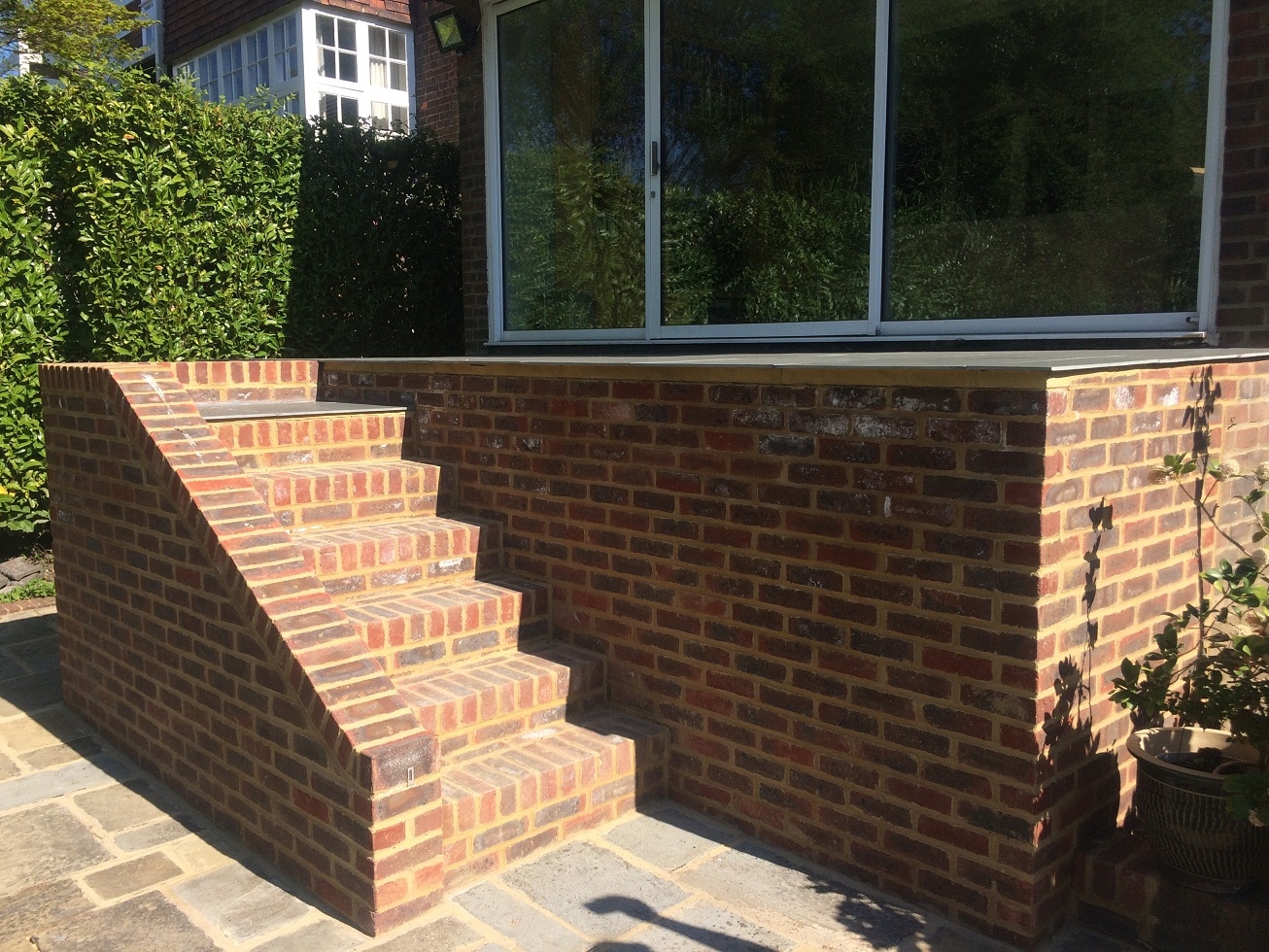
25 Mar How Will I Know Which Type of Brick, Stone or Concrete is Required?
Whether you’re having major rebuilding done on your property, adding an extension or commissioning a new build, it’s vital to identify the appropriate brick materials to use. Where the main structure of the building is concerned, this is likely to be either brick, stone or concrete — but there are many types of all three. How do you know which is required?
Which Type of Brick Materials are Required?
Bricks are the most common material used for houses throughout the country. They have the advantage of being relatively cheap and versatile, and they can be used to create cavity walls for better insulation. On the other hand, the larger (and particularly higher) the building, the less efficient bricks will be.
Bricks are normally made of clay, but other materials can have certain advantages. For instance, sand lime bricks will give a smoother finish, while concrete bricks are perfect for above and below damp-proof courses. Mass-produced extruded bricks can be produced quickly and cheaply, whereas soft mudbricks can be more aesthetically pleasing but are more expensive.
One of the great advantages of bricks is that they can be made in any shape required. Specialist bricks are available for returns, capping, channels and curved structures, as well as many other uses. The bricks you require will depend largely on their place in the structure.
Which Type of Stone Is Required?
Stone was once the building material of choice for high-status buildings, from the marble temples of antiquity to mediaeval castles and cathedrals. It’s also found in traditional houses in areas where an appropriate stone is found, such as the Cotswolds or the Lake District, and new builds in these areas may use the same materials.
Only a few of the thousands of types of stone found in the UK are suitable for the primary material of a building, including granite, sandstone and limestone. Marble can be used, but is likely to be too expensive to be practical.
However, these and other stones, such as quartzite, basalt and travertine, are often used for floor tiles, cladding and various interior features. Slate is also excellent for floor tiles, but its most familiar use is as a roofing material.
Which Type of Concrete Is Required?
Concrete is a man-made material, created by mixing cement, water and aggregate. Although used by the ancient Romans (for the Colosseum, for example), the secret was lost until modern times. Today, however, concrete is used for everything from garden paths to skyscrapers.
At least a dozen types of concrete are available, but the most common are:
- Plain concrete — used for paving or for smaller buildings that don’t require high tensile strength.
- Lightweight concrete — most often used for floors, window panels and roofs.
- Reinforced concrete — has steel embedded in it during manufacture, giving an extremely strong material that’s used extensively for major buildings.
- Precast concrete — moulded in advance for use in a wide variety of structural components.
While this may give you an idea of which materials you may need, the best advice would be to consult an expert building firm, who’ll be able to give you suggestions for your specific project. You’re very welcome to get in touch with us for advice.




